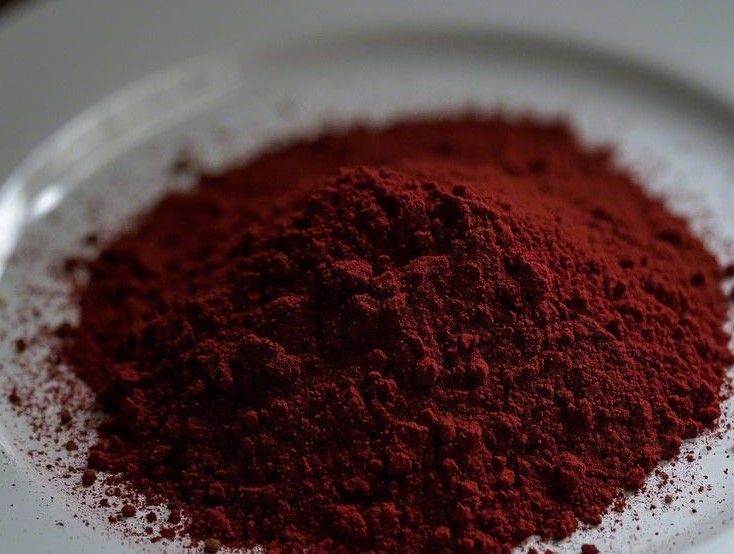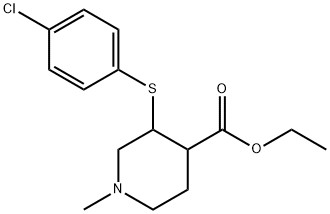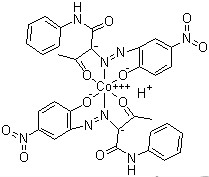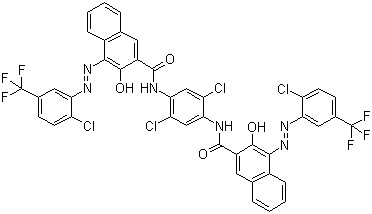Pigment Red 149 CAS 4948-15-6
Introduction
Pigment Red 149 is an organic pigment with the chemical name of 2-(4-nitrophenyl)acetic acid-3-amino4,5-dihydroxyphenylhydrazine. The following is an introduction to the nature, use, preparation method and safety information of the pigment:
Quality:
- Pigment Red 149 appears as a red powdery substance.
- It has good lightfastness and weather resistance, and is not easily corroded by acids, alkalis and solvents.
- Pigment Red 149 has a high chromaticity, bright and stable color.
Use:
- Pigment Red 149 is commonly used as a red pigment in industries such as paints, coatings, plastics, rubber and textiles.
- It can be used to prepare pigments and inks, as well as in fields such as dyes, inks, and color offset printing.
Method:
- The preparation of pigment red 149 is usually through the reaction of aniline with nitrobenzene to obtain nitroso compounds, and then the reaction of o-phenylenediamine with nitroso compounds to obtain pigment red 149.
Safety Information:
- Wear appropriate protective equipment such as gloves, masks, and goggles during use.
- Avoid dumping directly into the environment and handle and store properly.
- When using Pigment Red 149, it should be operated in strict accordance with the relevant safety operating procedures to ensure safety and health.







